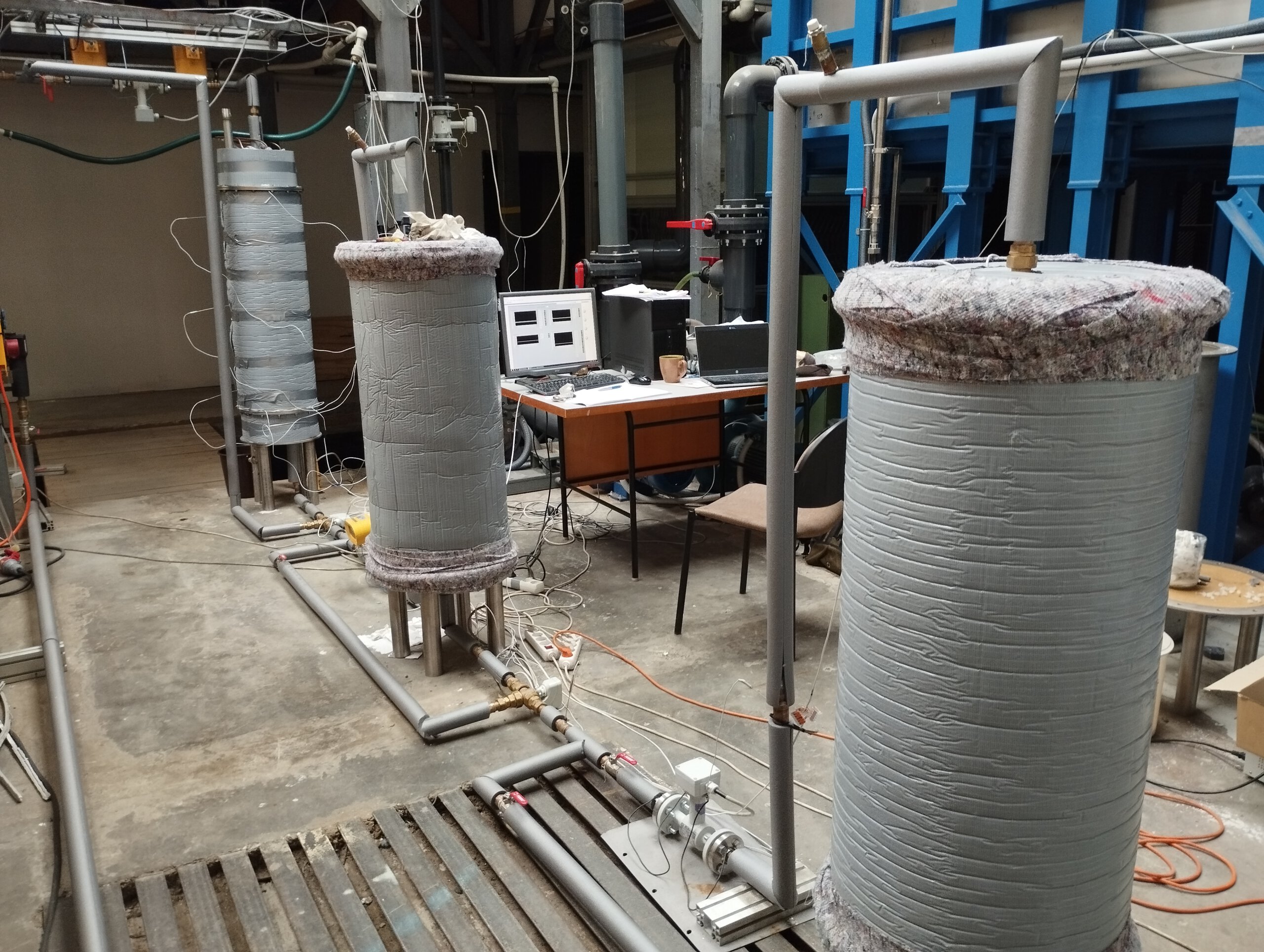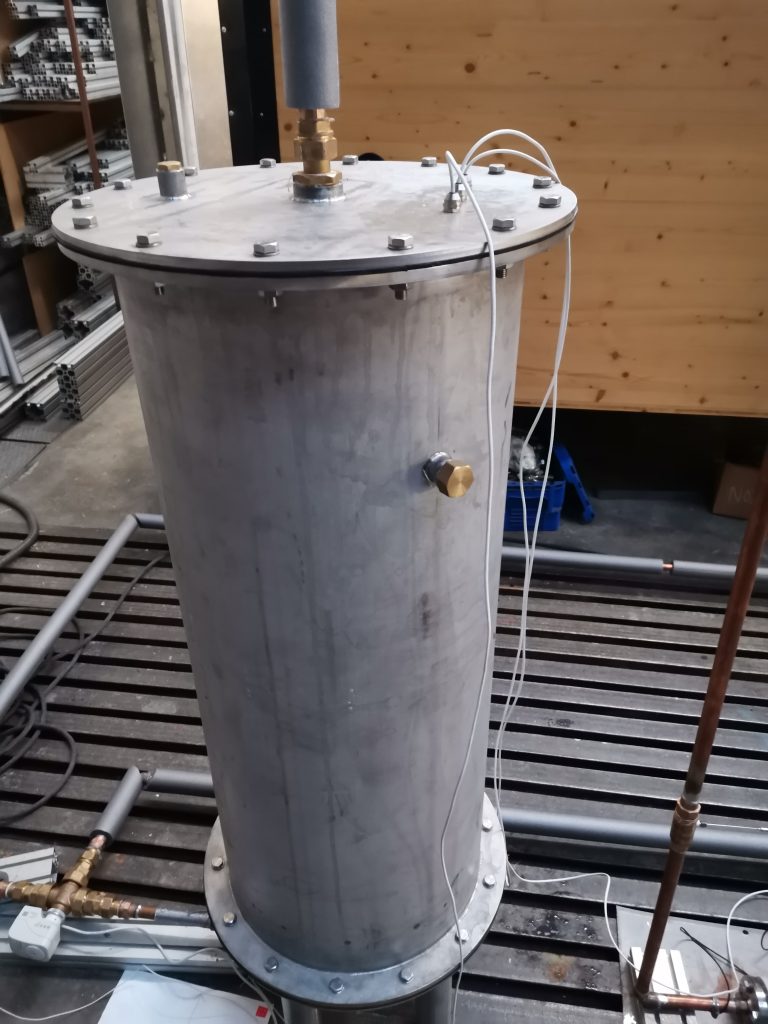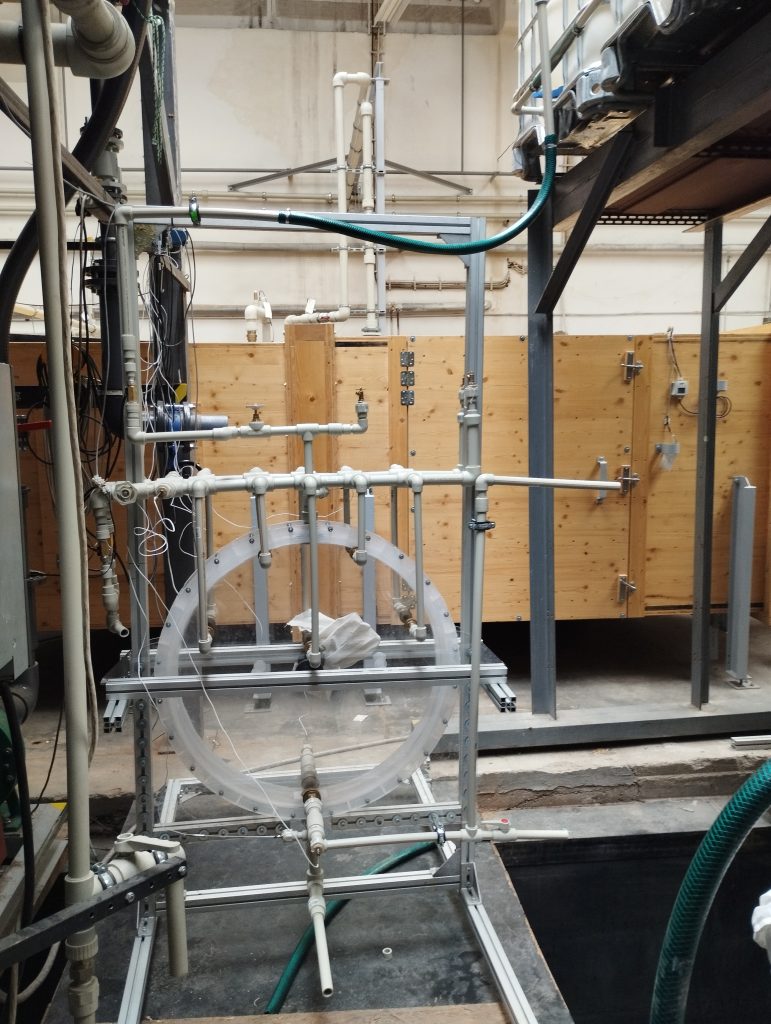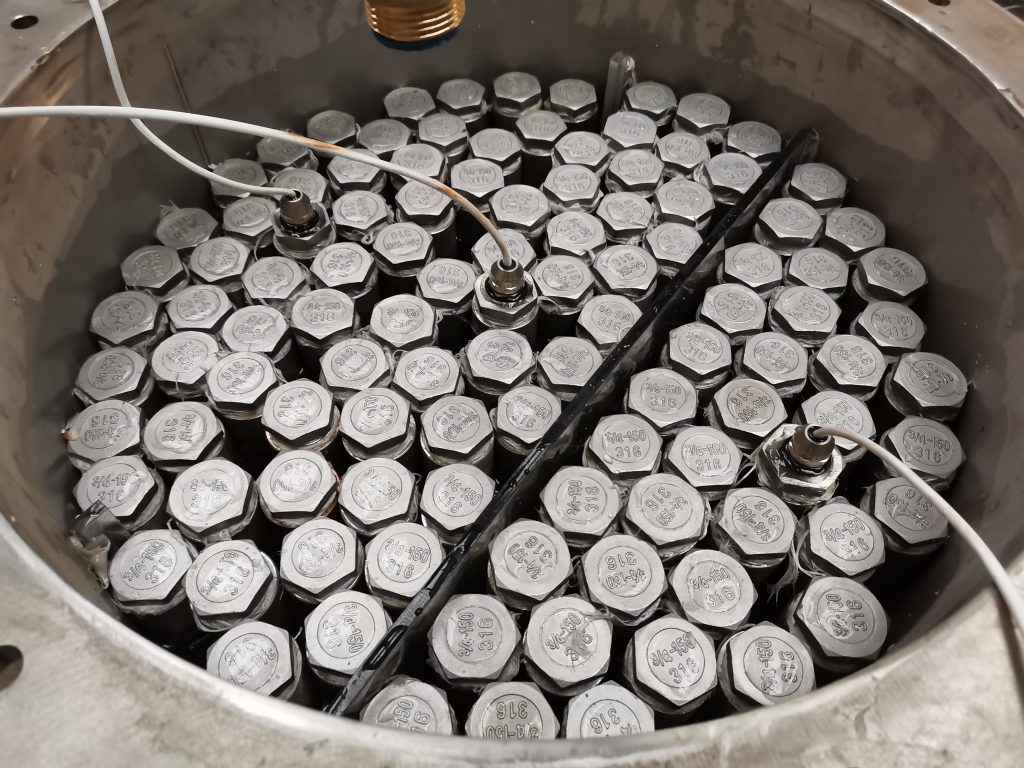
Experimental research and modelling of latent heat reservoir
Together with the Faculty of Mechanical Engineering, Department of Fluid Mechanics and Thermodynamics, Czech Technical University in Prague, we have been cooperating as an industrial partner since 2019 on an interesting project, the main topic of which is heat accumulation using the change of state of a special substance compared to the standard method of accumulation by heating water.
By using the group change of a suitable substance, for example, paraffin or some salts, it is possible to reduce the space requirements of the accumulation containers. Depending on the conditions of use, it is possible to select different types of working substances depending on the required ‘charge and discharge’ temperatures of the accumulator.
Reducing the volume of the storage container while maintaining the necessary performance and capacity parameters is, in our view, another direction that will lead to better use of the potential of combined heat and power or renewable energy sources for heating purposes. Achieving a suitable power-to-capacity ratio is one of the key points in the search for a suitable technical solution for this kind of battery. It is essential to deal with the issues of heat transfer and conduction and volume changes during the change of state.
The project has moved from the theoretical part and laboratory tests to the preparation of a 600 kWh prototype device in 2022, which should be manufactured and deployed for functional tests next year.
In addition to heat storage, the project also includes cold storage solution, which can contribute to reducing peaks in cold production and therefore peaks in cooling energy input. The cold storage will use the change of state of the water.
The project, to be completed in 2025, is supported by the Technology Agency of the Czech Republic.
The results obtained within the project are continuously published. One of the outputs is an article that can be read here.







